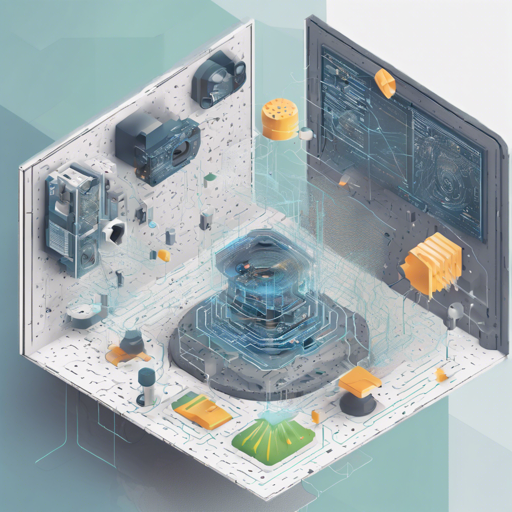Monodepth2 is a powerful tool for depth estimation using deep learning. This guide walks you through the setup, usage, and troubleshooting steps necessary to harness this technology effectively.
Setup
To get started, it’s essential to have a fresh Anaconda distribution installed. Follow these instructions to set up Monodepth2:
- Install dependencies by running the following commands:
conda install pytorch=0.4.1 torchvision=0.2.1 -c pytorch
pip install tensorboardX==1.4
conda install opencv=3.3.1We recommend using Python 3.6.6 with the conda environment to avoid compatibility issues. Use the following command to create a virtual environment:
conda create -n monodepth2 python=3.6.6 anacondaFor faster image preprocessing, consider using pillow-simd instead of the standard pillow.
Making Predictions with a Single Image
You can easily predict depth for a single image. Here’s how:
- Use the following command to predict scaled disparity:
python test_simple.py --image_path assets/test_image.jpg --model_name mono+stereo_640x192- If you are using a stereo-trained model, you can estimate metric depth with:
python test_simple.py --image_path assets/test_image.jpg --model_name mono+stereo_640x192 --pred_metric_depthOn the first run, the command will automatically download the necessary pretrained model if not already present.
Understanding the Code: An Analogy
Think of Monodepth2 as a chef preparing a complex dish, where each ingredient represents different components of your data. The chef (your model) utilizes a specific recipe (code), combining ingredients from the pantry (your dataset) efficiently using their skills (training process). The result? A deliciously deep image output!
Training Models
Monodepth2 allows you to train models using different modalities. Here’s how:
- For monocular training:
python train.py --model_name mono_model- For stereo training:
python train.py --model_name stereo_model --frame_ids 0 --use_stereo --split eigen_full- For monocular + stereo training:
python train.py --model_name mono+stereo_model --frame_ids 0 -1 1 --use_stereoGPU Requirements
Monodepth2 is optimized for a single NVIDIA GPU. You can specify which GPU to use by:
CUDA_VISIBLE_DEVICES=2 python train.py --model_name mono_modelEvaluating Your Model
Once you’ve trained your model, you can evaluate it. Here are the commands:
- To prepare ground truth depth maps:
python export_gt_depth.py --data_path kitti_data --split eigen- To evaluate the model, use:
python evaluate_depth.py --load_weights_folder ~tmpmono_model/models/weights_19 --eval_monoTroubleshooting
If you encounter issues during setup or operation, here are some troubleshooting tips:
- Ensure you are using the correct version of Python and its dependencies. Creating a new conda environment specifically for Monodepth2 often resolves conflicts.
- If you face issues with the OpenCV installation, switch to Python 3.6.6 as recommended.
- For persistent problems, consider checking community forums or relevant resources.
For more insights, updates, or to collaborate on AI development projects, stay connected with fxis.ai.
Conclusion
In conclusion, Monodepth2 offers a robust framework for depth estimation using self-supervised learning techniques. By following the instructions in this guide, you can navigate through its installation, usage, and evaluation seamlessly.
At fxis.ai, we believe that such advancements are crucial for the future of AI, as they enable more comprehensive and effective solutions. Our team is continually exploring new methodologies to push the envelope in artificial intelligence, ensuring that our clients benefit from the latest technological innovations.

